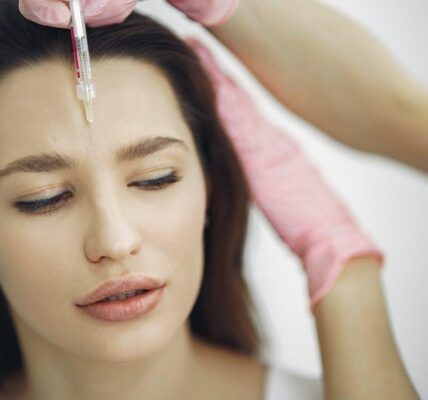July 8, 2008 – The skin is often the object of great attention and numerous rituals. However, the thousand and one little cares that we use to improve our appearance are sometimes useless, even inappropriate. Here are six tough myths reviewed and corrected by dermatologist Joël Claveau.
Drinking eight glasses of water a day helps to have beautiful skin
Drinking water contributes to the general hydration of the body, but we cannot make a direct link between the quantity of water consumed and the quality of the skin. To moisturize dry skin, you should rather apply a greasy substance, such as a moisturizing lotion or cream, after the shower for example.
Going to a tanning salon allows you to get “a background” that protects against sunburn
The tan obtained in a tanning salon provides very little effective protection against sunburn. This is the equivalent of sun protection factor 1 (SPF) 2. For comparison, dermatologists recommend wearing sunscreen with a sun protection factor of at least 15.
There is no safe way to tan. If you are tanned, it is because you have taken too much sun and your skin has already suffered damage.
Nothing can be done to avoid wrinkles: they are genetically programmed
There is a genetic factor, but it is minimal. In fact, 90% of wrinkles are caused by the sun. This greatly accelerates skin aging, regardless of skin type. However, we know that, genetically, darker skin is more resistant to the onslaught of the sun than lighter skin.
As for anti-wrinkle creams, only vitamin A (retinol) has been shown to reduce fine wrinkles and dark spots. However, it can also cause skin irritation. The best beauty cream remains the sun lotion.
Rubbing the skin with a horsehair glove eliminates cellulite
Since cellulite is essentially a subcutaneous problem, rubbing the skin with a horsehair glove – or any other type of brush – is useless. The horsehair glove acts more on the superficial layers of the skin by removing dead cells (desquamation). In addition, this type of treatment often only irritates the skin.
Many techniques and products aimed at eliminating or reducing “orange peel skin” are currently being tested, but, from a scientific point of view, no treatment to date constitutes an effective and lasting solution.
Bathing in milk softens the skin
Did Cleopatra have smoother skin thanks to her milk baths? Current research tells us that liquid white had nothing to do with it. The proteins in milk, such as casein, are too large to pass through the skin. You can use a moisturizing lotion made from goat’s milk if you like the texture and the fragrance, but it is above all a cosmetic treatment.
Poor hygiene or a fatty diet can cause acne
Currently, scientific studies do not allow to conclude that there is a link between diet and acne. Some recent research, however, links milk consumption to the onset of acne in boys during adolescence. Hormones in milk may have a testosterone-like effect and cause pimples to break out. But medical professionals consider acne to be primarily a hormonal disorder.
As for hygiene, it is rarely in question, except in certain cases of occupational acne 2 . At one time, it was recommended that people with acne wash their faces several times a day with abrasive soaps. This is no longer the case. It is now advised to wash your face twice a day, using a very mild soap or cleanser to avoid irritating the skin.
- A sun protection factor of 15 indicates that you can stay out in the sun 15 times longer than you could without sunscreen, before getting sunburned. The sun protection factor only takes into account UVB rays.
- This is the case of people who are often in contact with oil, such as mechanics, or frying. The sprayed micro-droplets can block the pores of the skin.





